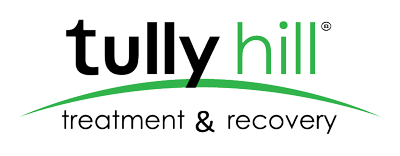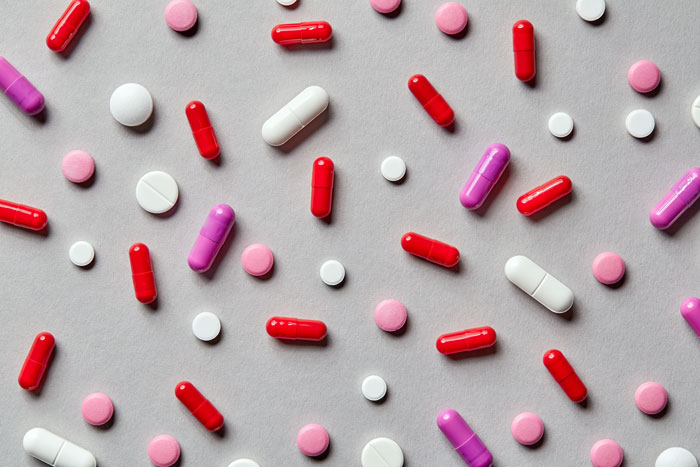Drug overdoses remain a leading cause of death in the United States. According to the Centers for Disease Control and Prevention (CDC), there were 67,000 drug overdose deaths in 2018, of which nearly 70% involved prescription or illicit opioids. Learning to recognize an opioid overdose and what to do when one occurs can save a life and help reduce opioid overdose deaths.
What Are Opioids?
Understanding the Opioid Class, which consists of opioids and opiates, can be helpful. An opioid is any natural or synthetic chemical agent that stimulates any of the body’s various opioid receptors and produces opium-like effects. Opiates are opioids that are naturally derived from the Opium Poppy Plant (Papaver somniferum).
Opioids are meant to be used medically for the treatment of moderate to severe pain, typically in the short term, but are frequently abused for their euphoric effects. Opioids, with extended use, cause a physical and emotional dependency to various degrees, depending on the exact opioid being used and other factors. These include genetics, concomitant drug use, underlying health, amounts used, duration of use, frequency of use, and a user’s history of Substance Use Disorders.
Opioids are classified as agonists (stimulate all opioid receptors), partial agonists (stimulate some opioid receptors) or agonist-antagonist (stimulate some opioid receptors while blocking other opioid receptors). Some of the more common drugs in the Opioid Class are heroin, fentanyl, morphine, methadone, oxycodone, and dilaudid.
Signs of Overdose
There are several easily observed signs of opioid overdose, such as nearby drug paraphernalia (syringes, smoking devices, pill bottles) and an unresponsive or minimally responsive victim. A person’s slow breathing (fewer than 12 breaths per minute) and/or shallow breathing, tiny (pinpoint) pupils, and fresh needle marks and/or old needle scars on the skin, also are indicators of an opioid overdose. Bystander reports can help confirm an overdose has occurred.
What to do for an Opioid Overdose
Knowing and executing some simple steps to take for an opioid overdose can and will save someone’s life. These include first trying to arouse whoever’s overdosed by shouting at them (using their name if known), shaking their shoulders if no neck injury is suspected, and/or grinding your knuckles into the breast bone for ten (10) seconds.
A subsequent, almost always essential step to take is to administer a Naloxone (Narcan) spray or atomizer. The former is a device shaped like an inverted “U” with a nozzle extending from its center. Holding the device between the thumb and fingers, place the tip of the nozzle into a nostril and press down firmly and completely on the button on the inside top of the device, fully releasing the Naloxone. Then remove the nozzle from the nostril after the medication is released. Administering Naloxone using an atomizer is only slightly different than using a spray device. With an atomizer, some simple assembly is required with a syringe, a couple of safety caps, and a Naloxone cartridge. Administration of Naloxone is the same: place the nasal tip into a nostril, spray the cartridge into it, and remove it once the medication is released. Then repeat the same assembly and administration into a second nostril. Please note: Naloxone will be effective even if the person isn’t breathing.
One should next listen at the person’s nose and mouth for breathing, as well as watch the chest for rise and fall. CPR should be initiated if no breathing is indicated and continued until help arrives or the person breathes adequately on their own. If the person awakens and neck injury is minimal, turn them on their side to avoid any choking. And if choking occurs, try and clear the airway or log roll the person on to their side while protecting the neck.
Should there be no response to the first Naloxone dose, administer a second one (if it is available) after 3 minutes have passed since the first one.
It’s important to know that any overdose victim may have a violent reaction after Naloxone is administered. Too, given 911 has been called once an overdose has been confirmed, any instructions a 911 operator provides should be followed. And even if revival is successful after Naloxone, still call 911.
Ready to start the healing process?
If you or someone you love is suffering from denial related to a substance use disorder, Tully Hill can help. Call us today to talk to one of our intake specialists about substance use disorder treatment options or ask for a recommendation for an intervention specialist.







